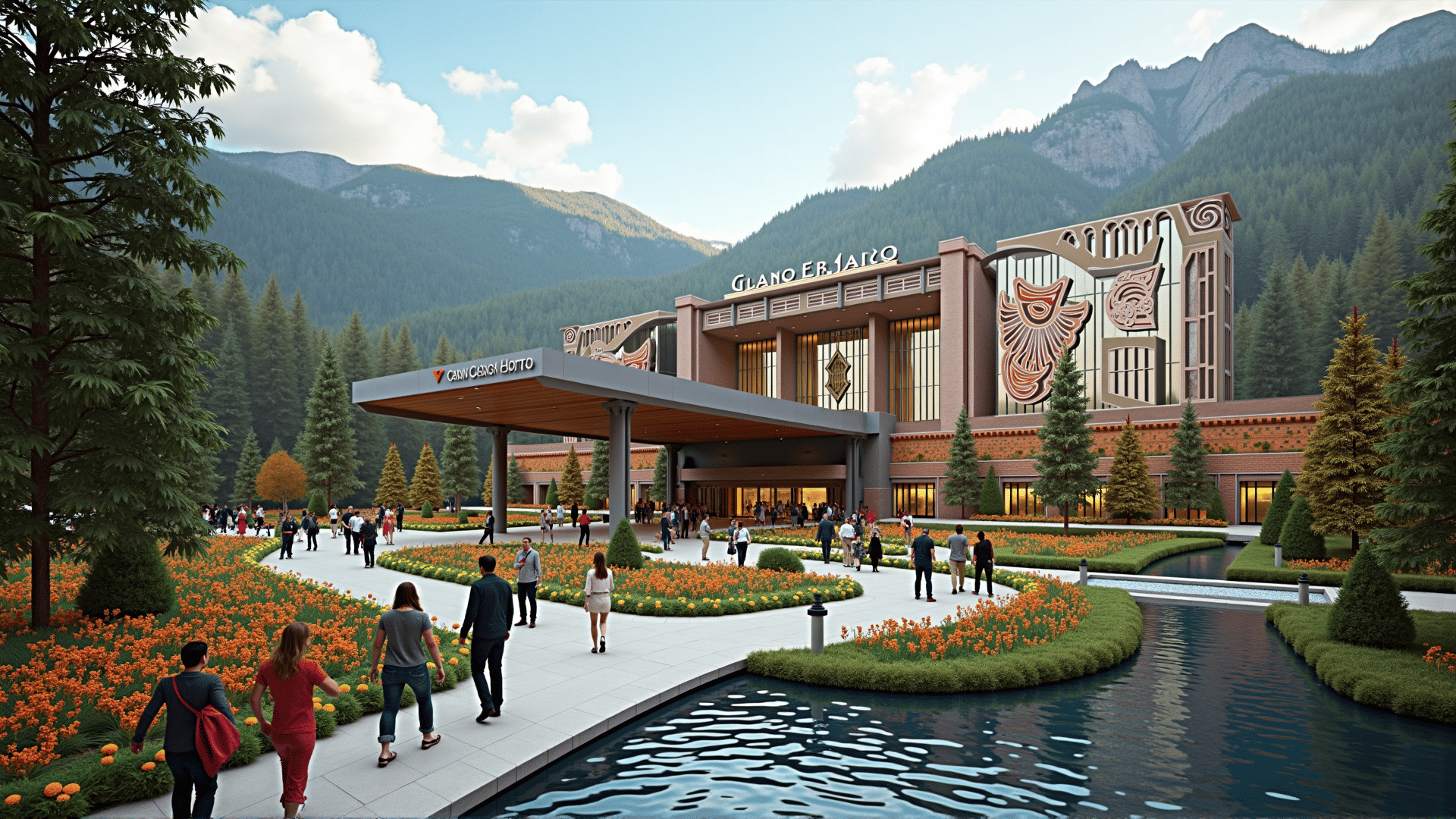In the vast and multifaceted landscape of Canadian architecture, certain spaces are designed not just to serve practical purposes, but to evoke and reflect deeper cultural narratives. Among these, the architectural design of Canadian entertainment complexes stands out for its intricate blend of modern and traditional elements, seamlessly marrying the past with the present, all while resonating with the community's cultural identity.
The challenge for architects and designers in creating such spaces in Canada involves crafting structures that are not only innovative and forward-thinking but also deeply rooted in the rich tapestry of local traditions. It's a delicate balancing act; one that requires a nuanced understanding of regional history, cultural values, and the expectations of local communities.
For instance, when designing entertainment venues in regions with a strong Indigenous presence, architects often incorporate elements inspired by Indigenous art and spirituality. This might include the use of natural materials such as wood and stone, which are significant in Indigenous culture, or designs inspired by traditional motifs and symbols. Such elements serve as a nod to the historical roots and ongoing importance of Indigenous cultures in Canada.
On the other hand, these venues often embrace cutting-edge design principles that push the boundaries of modern aesthetics. Sleek glass facades and innovative structural designs reflect Canada's reputation as a leader in architectural dynamism and environmental consciousness. Eco-friendly technologies are frequently integrated into the architecture to showcase a commitment to sustainability, a value that is fast becoming a cornerstone of Canadian identity.
The interior spaces of these complexes also contribute to this cultural dialogue. Designers creatively juxtapose modern amenities and facilities with traditional artistic expressions. Interactive displays, showcasing local artists and craftspeople, are common, serving as both entertainment and a celebration of local talent and tradition.
Moreover, such architectural designs often strive to foster a sense of community. By creating inviting public spaces and hosting local cultural events, these complexes become hubs of social interaction, bringing people together in a shared cultural experience. The intention is to weave these venues into the fabric of the community, making them much more than standalone attractions.
The reflection of local culture in architectural design within these spaces is not merely about preserving history. It is about creating structures that respect the past while providing a venue for future cultural expression and growth. As such, these venues often become symbols of the enduring relationship between innovation and tradition—a testament to Canada's cultural complexity and diversity.
Ultimately, the architectural design of Canadian entertainment complexes exemplifies how a thoughtful fusion of modernity and tradition can create spaces that are not only visually striking but also deeply resonant with the community. In doing so, they not only entertain but also educate and inspire, offering a glimpse into the rich cultural mosaic that is Canada.
